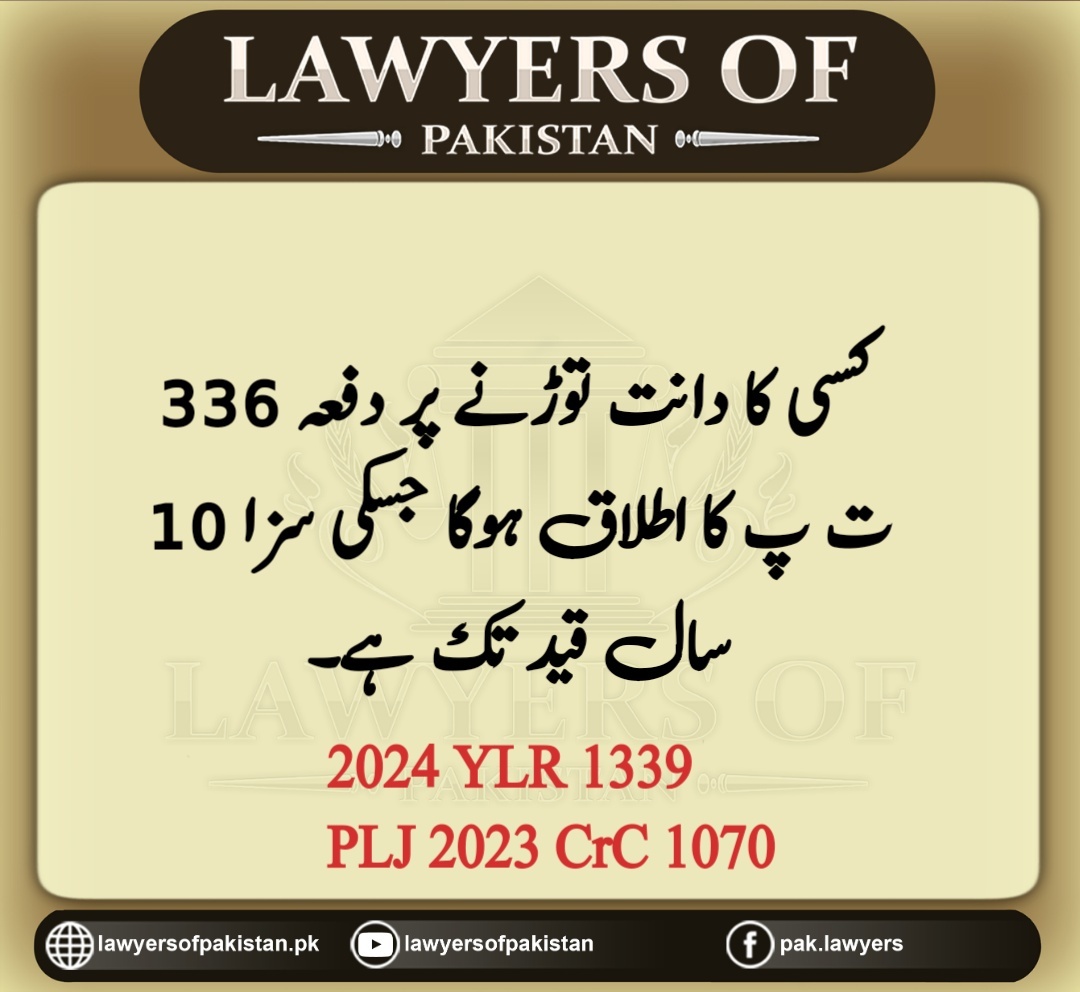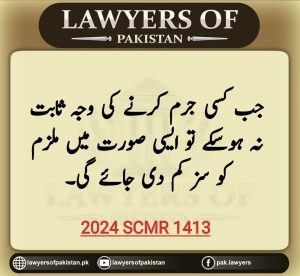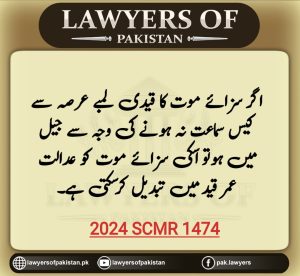Breaking of tooth constitutes Itlaf-i-salahiyyat-i-udw. This offence is punishable under section 336 PPC with Qisas, and if that is not executable under the principles of equality enunciated by Islam, the offender is liable to Arsh and may also be punished with imprisonment of either description for a term extending up to ten years as Ta’zir. Section 337-U PPC sets out the scale of Arsh for teeth.
Teeth and bones comprise minerals and tissues, including calcium, phosphorus, and collagen, which give them strength and durability. Calcium and phosphorus are the most abundant minerals in both teeth and bones, while collagen is a protein that offers flexibility and resilience. Other minerals, including sodium, potassium, and magnesium, are also present in bones and teeth, but in much lesser amounts. Another similarity between teeth and bones is their structure. Both have a thick outer layer surrounding a softer, more flexible inner. This outer layer is known as the cortical bone in the bones and enamel in the teeth. Trabeculae, a network of minuscule holes and channels that line the interior of bones, are filled with bone marrow. In teeth, the interior contains a soft, pulpy material called the pulp, which contains blood vessels and nerves.
Although teeth and bones share many similarities in composition and structure, there are significant distinctions. For example: (i) Teeth are not considered bones because they are unrelated to other body bones. Teeth are anchored in the gums and jawbone but do not form part of the skeletal system. (ii) Bones provide structural support for the body, protecting organs and facilitating movement. On the other hand, teeth are meant to break down food into little pieces that can be easily swallowed and digested. Teeth also play a vital role in communication because they aid in facial expressions and speech. (iii) Teeth are ectodermal organs like hair, skin, sweat glands, and salivary glands. Bones are living tissues. (iv) Bones undergo constant remodelling, whereas teeth do not. Bones can repair themselves, even after a significant injury, such as a fracture. In contrast, teeth are incapable of self-repair. If a tooth is damaged or decayed, it cannot recover on its own. Instead, it must be fixed with dental procedures, such as fillings, root canals, or crowns. (v) Bones also contain marrow, which produces blood cells. Teeth do not have marrow.
It follows that teeth are not bones. Breaking of tooth constitutes Itlaf-i-salahiyyat-i-udw. This offence is punishable under section 336 PPC with Qisas, and if that is not executable under the principles of equality enunciated by Islam, the offender is liable to Arsh and may also be punished with imprisonment of either description for a term extending up to ten years as Ta’zir. Section 337-U PPC sets out the scale of Arsh for teeth. The Arsh for causing Itlaf of a tooth other than a milk tooth shall be equivalent to one-twentieth of Diyat. (The impairment of the portion of a tooth outside the gum amounts to causing Itlaf of a tooth). The Arsh for causing Itlaf of twenty or more teeth shall be equal to the value of Diyat. Where the Itlaf is of a milk tooth, the offender is liable to Daman and may also be punished with imprisonment of either description for a term extending to one year. Where, however, Itlaf of a milk tooth impedes the growth of a new tooth, the offender is liable to Arsh equal to one-twentieth of the Diyat.
In cases of Itlaf-i-salahiyyat-i-udw, sections 332, 335, 336 and 337-U PPC are to be read conjointly.
Crl. Misc.
10982/23
Sharafat Ali Vs The State etc
2024 MLD 1363
2024 MLD 1363 Section 489 – F , Penal Code , 1860 ( P.P.C. ) , was brought on the statute for the purpose of awarding punishment to the person , who issues the cheque




0 Comments